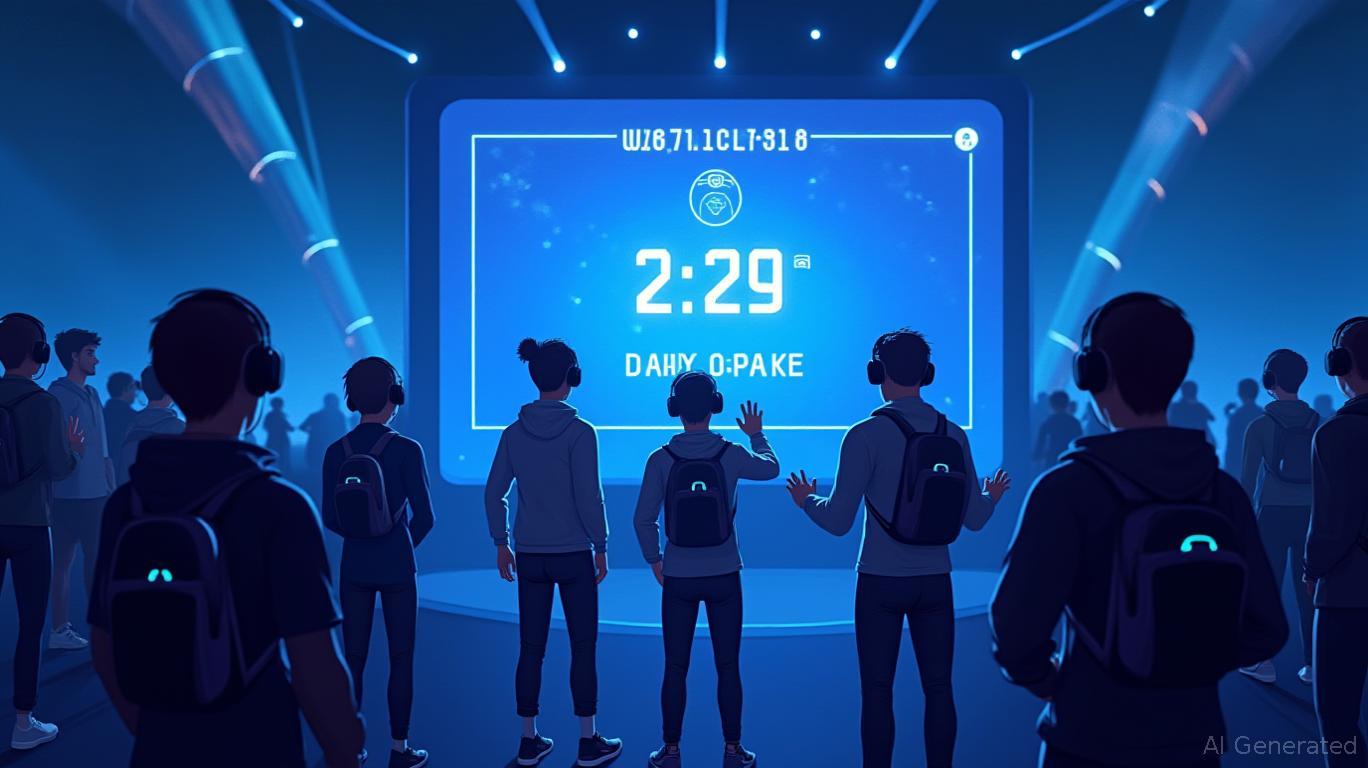Whale.io Airdrop: Gamers Gain Ownership in a Decentralized Community
- Whale.io initiates $WHALE airdrop for Crock Dentist NFT holders, funded by 2% game revenue, distributing over $5,000 in total value. - Limited 1,000 NFTs (30% claimed) grant 0.1% token allocation each, with unclaimed holders excluded from rewards. - Platform boosts accessibility via X-based social campaigns offering free NFTs, while Crock Dentist NFTs gain liquidity on Magic Eden. - $WHALE token enables gameplay, staking, and future utilities post-TGE, aligning player rewards with ecosystem growth.
Whale.
For this airdrop, $WHALE tokens will be distributed to NFT owners, with the entire pool funded by the 2% house edge from the game’s 98% Return to Player (RTP) model, as detailed in a

Whale.io’s approach merges classic gaming elements with blockchain openness, utilizing NFTs and its native token system to build value owned by the community. The $WHALE token is designed for multiple uses, such as playing games, buying battle passes, and staking, with further features planned after the token generation event (TGE), Blockchain Magazine reports. Trading for Crock Dentist NFTs has already started on
This airdrop highlights Whale.io’s commitment to rewarding early supporters and nurturing a decentralized gaming ecosystem. By tying player incentives to the platform’s results, the model seeks to maintain ongoing participation and give holders a share in the platform’s future, BlockTelegraph observes.
Disclaimer: The content of this article solely reflects the author's opinion and does not represent the platform in any capacity. This article is not intended to serve as a reference for making investment decisions.
You may also like
PayPal and OpenAI Partner for Chat-to-Checkout Shopping Inside ChatGPT
Tron (TRX) Expands Its DeFi Reach, yet GeeFi (GEE) Dominates After Selling 24M Tokens Amid Market Volatility

Cursor continues acquisition Spree with Graphite deal